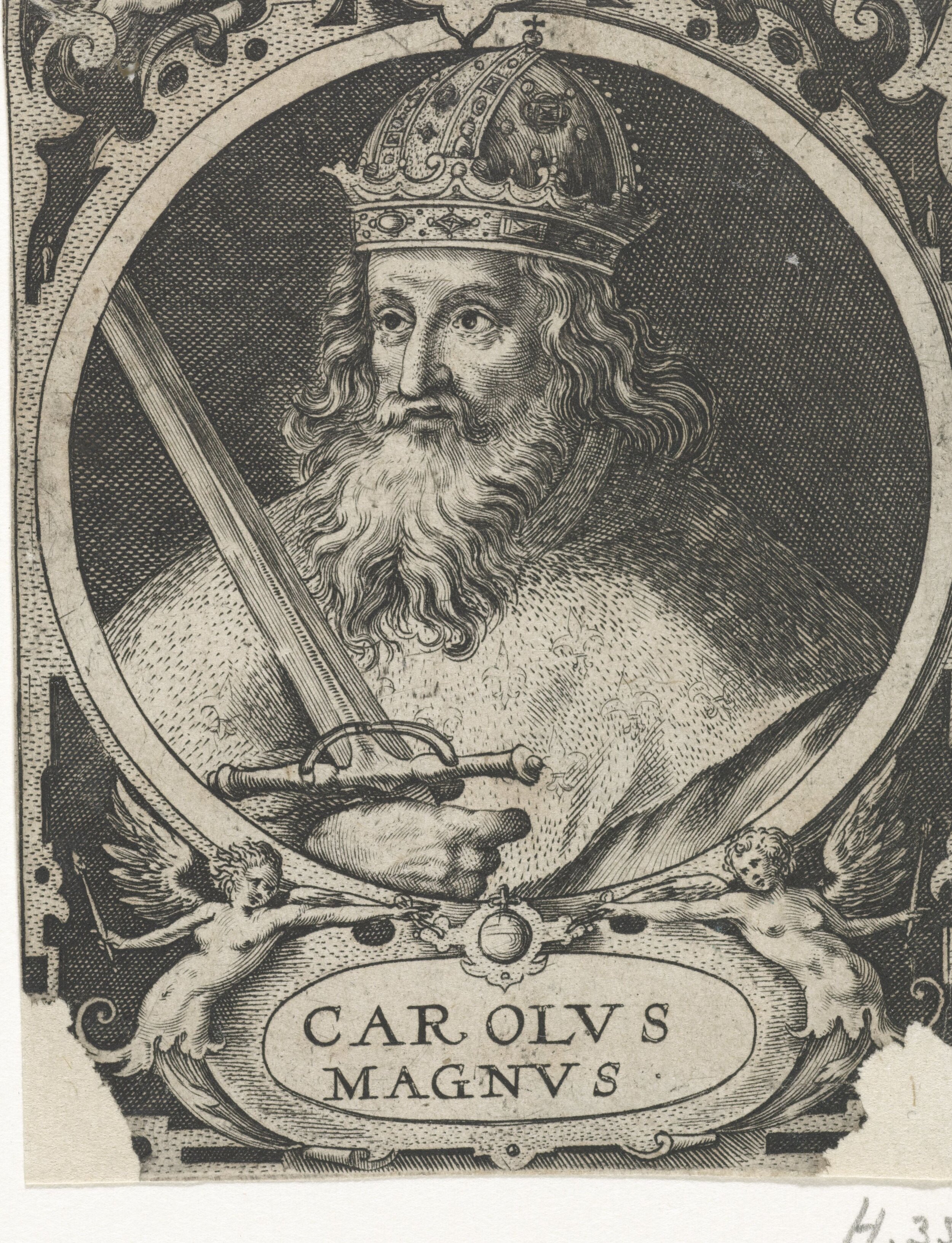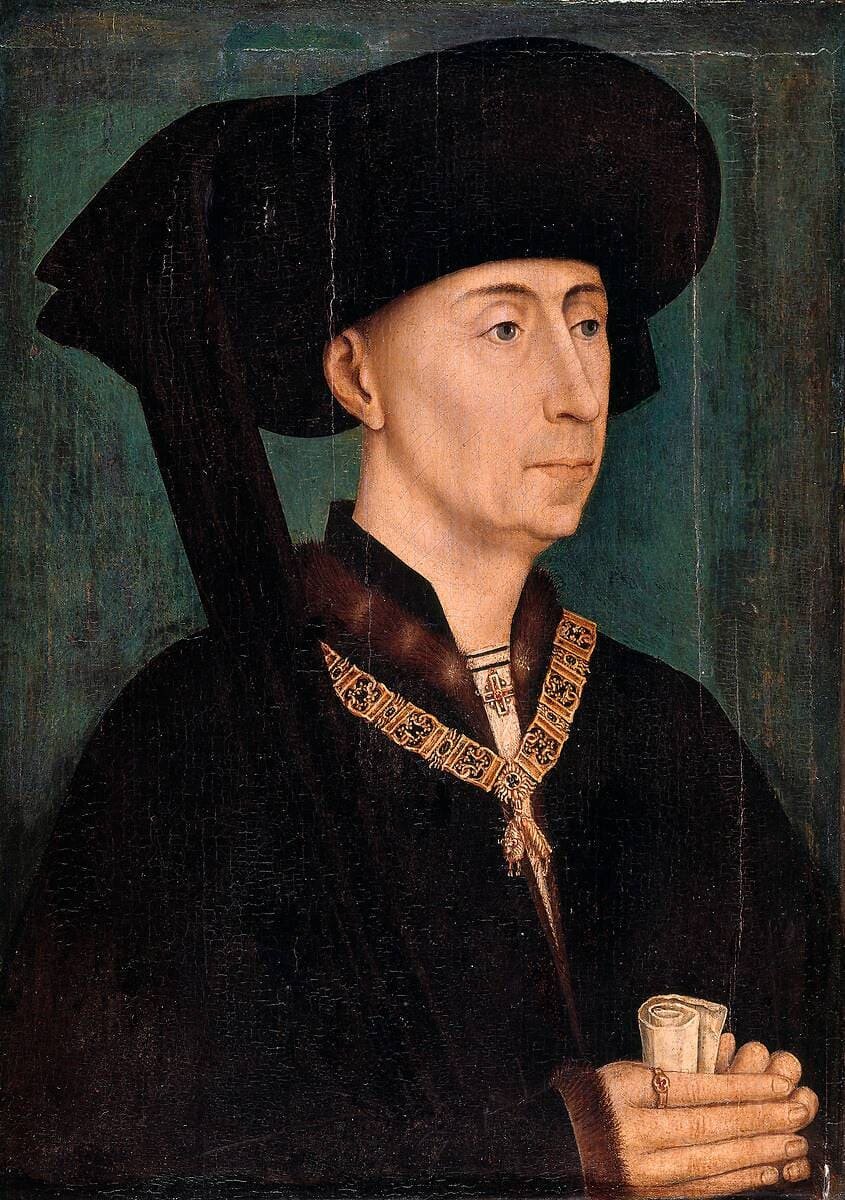
an impressive history
The story behind the Château de Mirwart is nothing short of spectacular. With its earliest roots in the 8th century and an impressive list of highly placed owners, it has played its part throughout the history of the Low Countries.
A recurring theme throughout the castle’s history is its relationship with the powerful abbey of Saint-Hubert, with which it has ever recurring conflicts throughout the ages.
Charles the Great
7th‐9th century
The castle domain can be traced back as far as the ancestors of Charlemagne or Charles the Great, king of the Franks and one of the greatest European kings in history. At that time there is no castle on the domain, nor in fact any other building remotely looking like a fortress or stronghold. The noblemen living on the grounds are the worldly protectors of the newly founded abbey of Saint‐Hubert. They are looked upon by the abbey as ‘employees’. No more, no less.
10th century
In 955, a stronghold is built on the domain by Etienne, count of Ivois and Porcien. Albert, the abbot of Saint‐Hubert at that time, is not amused. He sees the new building as an attempt of Etienne to appropriate the domain, which – in the eyes of the abbey – belongs to the monks of Saint‐Hubert. The stronghold is quite small at that time, mainly existing of a single tower.
11th century
In the 11th century, the territory of Mirwart falls into the hands of the mighty dukes of Lorraine, of whom Godfrey the Bearded is perhaps the best known. He is in the middle of a severe conflict with Henry III, Holy Roman Emperor. He uses the stronghold of Mirwart in his war against the emperor, without success. The fortress is partly destroyed.
Henry of Verdun, Prince‐Bishop of Liège, has the vestige rebuilt in 1078, only to have it destroyed again on demand of the abbey in 1084. The monks feel threatened by the noble owners of the castle and, or perhaps mainly, by the soldiers inhabiting the stronghold and causing ravage in the environment.
Henry’s successor, Otbert, has the fortress rebuilt. It is highly likely that, in that period, the castle takes the form of a motte‐castle, a tower built on a small hill to overlook the landscape and keep off enemies. Remains of this period are still present in the basement of the current castle.
No doubt the most famous Lord of Mirwart in this period is Godfrey of Bouillon, ‘king of Jerusalem’ and leader of the First Crusade.
12th-14th century
From its early beginnings, the castle domain is the subject of disagreement – even battle – between the abbey of Saint‐Hubert, the Prince‐Bishop of Liège and the reigning noble families, each claiming it as their own. Especially in the 13th and 14th century, conflict rises between the county of Hainaut and the Prince‐Bishop of Liège. Each has their allies and partners and the conflict grows ever more fierce until, parallel with the Battle of the Golden Spurs and with largely the same players, a battle is fought over the territory of Mirwart. It is won by Waldeck, the Prince‐Bishop of Liège.
For a hundred years more the castle hops between owners, from the bishop of Liège to the counts of Namur.
In this period the castle changes looks quite a lot. Walls and towers are built and destroyed again, as the current remains – still visible in the castle basement ‐ come to show.
Godfrey of Bouillon
Philip the Good
15th century: Philip the Good and Charles the Bold
In 1420, the castle domain comes into the hands of the family Van der Mark‐Arenberg. Before remaining there for several centuries, however, it makes a detour past the Dukes of Burgundy, who are then at the height of their power. After Philip the Good has put his advisor at the head of the seigniory, his son Charles the Bold hands it back to the family Van der Mark‐Arenberg. For over 300 years, they are the powerful owners of the Mirwart domain.
16th‐17th century
The family of Van der Mark‐Arenberg is irrevocably connected to the Mirwart domain. The Arenbergs are one of the most famous noble families in Europe, with a rich and powerful history dating back to the early Middle Ages. From their first – very short – purchase of the domain in 1339, to the time they sell it in 1706, an Arenberg has bought, lost, repurchased or protected the seigniory of Mirwart.
Most renowned of them is probably Margaretha Van der Mark, who has guided the castle through its most flourishing period. While parts of the castle were destroyed by the family, other parts were built and ever more land was purchased. Remnants of the Arenberg period are still clearly visible today, all over the domain.
18th century
During most of the 18th century, the castle domain is in the hands of the noble family of De Smackers. Only recently instated into nobility, the first baron De Smackers – a former tradesman ‐ wants the castle to grant him all the prestige and consequence becoming his new title. He invests greatly in the building, giving it the over‐all appearance and size it still has today.
19th century: Leopold I, King of the Belgians
In 1820, the castle is bought by Aimé‐Gabriël d’Artigues, founder of the glass factories of Vonêche and Baccarat. His love of grandeur and extravagance, however, urges him to sell the castle only a few years after he has acquired it. What happens next, is somewhat blurry. D’Artigues sells the domain in 1836 to a newly founded company, the Société Forestière et Agricole. Its founder and chairman is count Jacques Coghen, Minister of Finance in the young kingdom of Belgium and great-great-grandfather of the current Belgian king Philip. Sources discussing that period are very rare and quite unclear. A few sources, however, are very outspoken on the subject: the factual owner of the castle is none other than King Leopold himself, a friend of Coghen. Coghen and the Société are a clever way for the king to enjoy ownership without having to cope with all the practical problems it brings along.
19th‐20th century
The Société Agricole and Forestière only owns the domain for a short period of time. After it is sold in 1846, it respectively comes into the hands of the noble families of Van der Linden – d’Hoogvorst, d’Arrigade and Von der Becke. Each of them invests in the castle, changing it for the better. Many improvements are made by Alphonse Balat, architect to King Leopold II. When the castle is sold to the province of Luxembourg after WWII, it quickly goes downhill. The whole of its valuable decoration and furniture is stolen throughout the ages, leaving the building plundered and neglected.
Which brings us to the...
21th century
With a great deal of love, effort and enthusiasm, the castle of Mirwart is reinstated to its former glory and beyond, with the utmost respect for its past and the fullest belief in its future.



